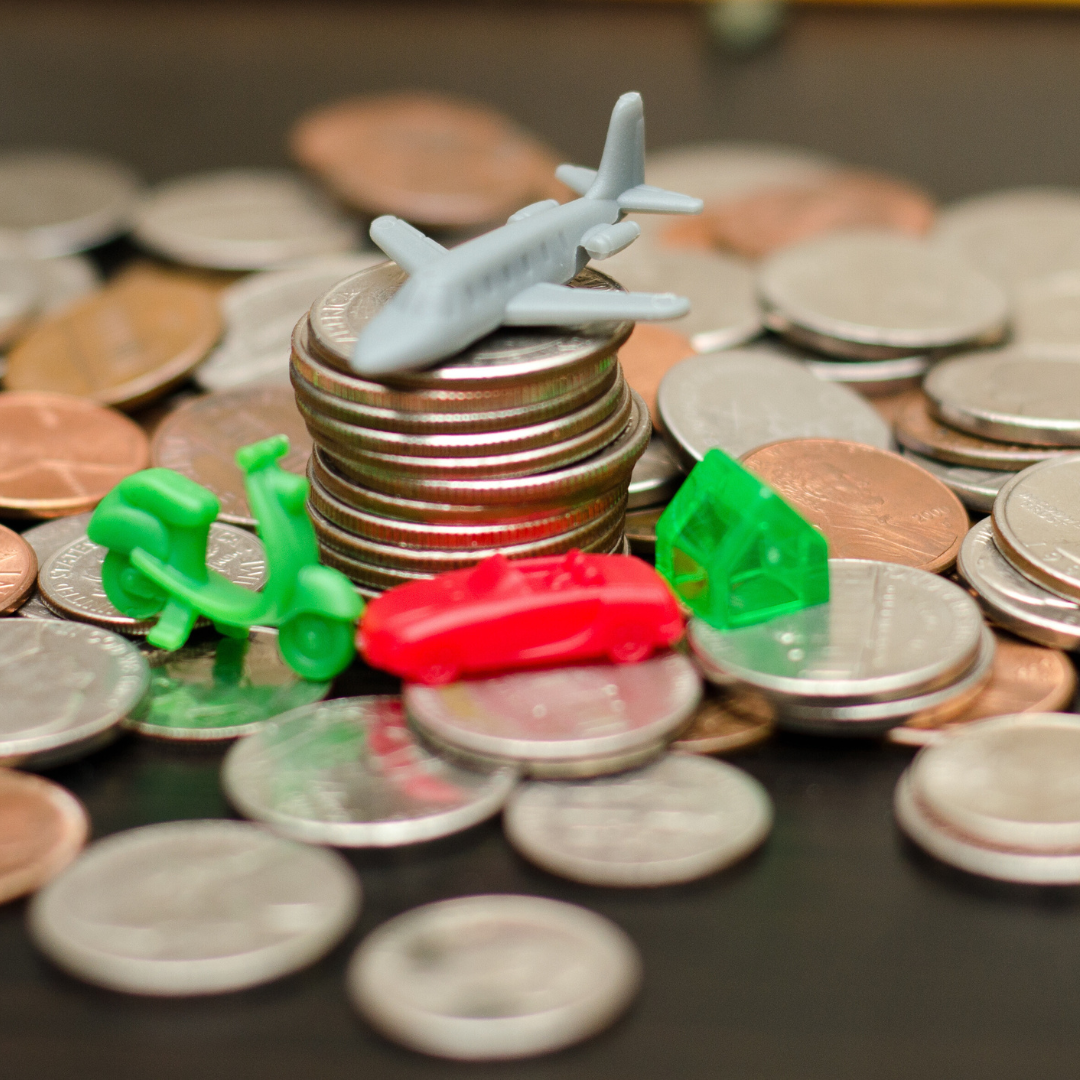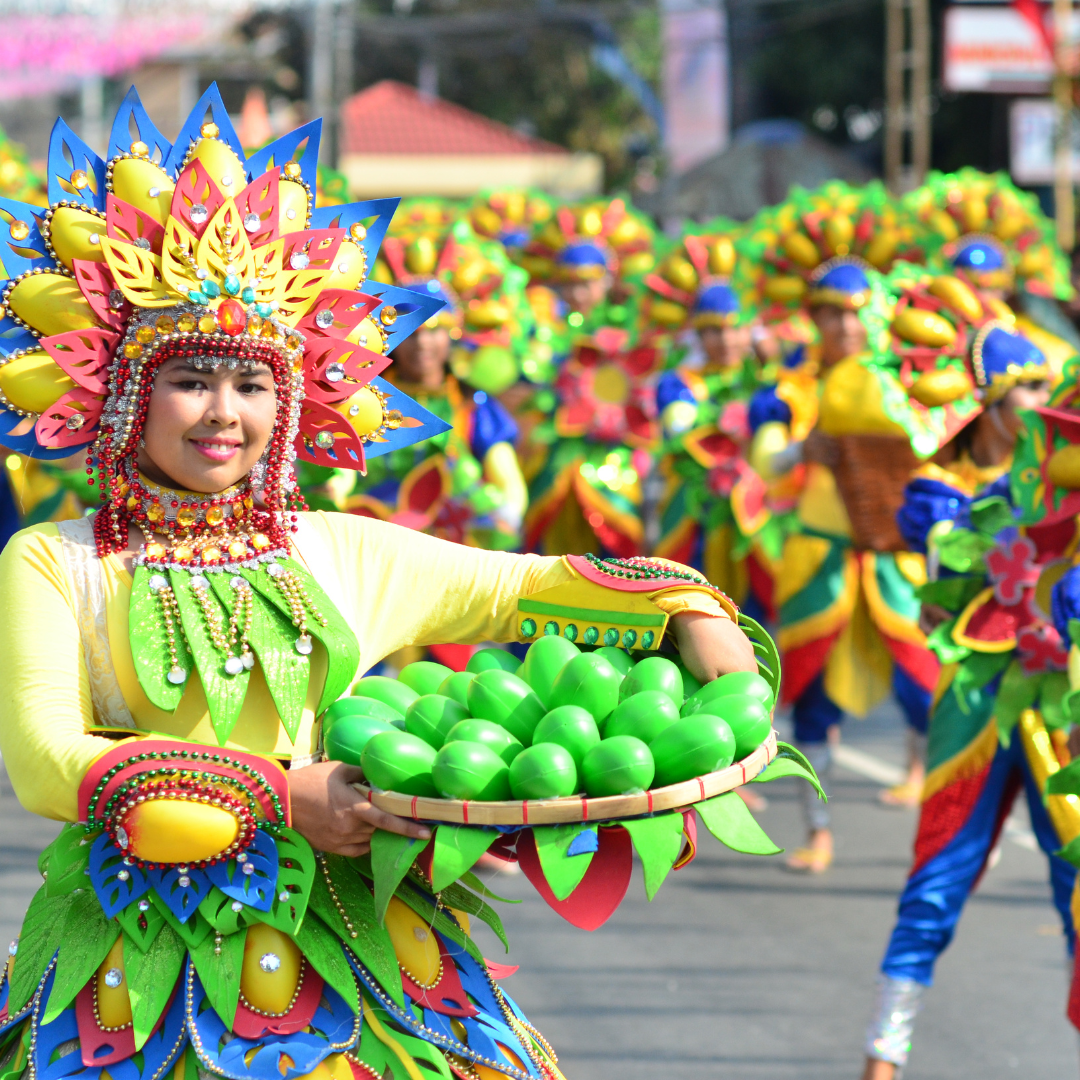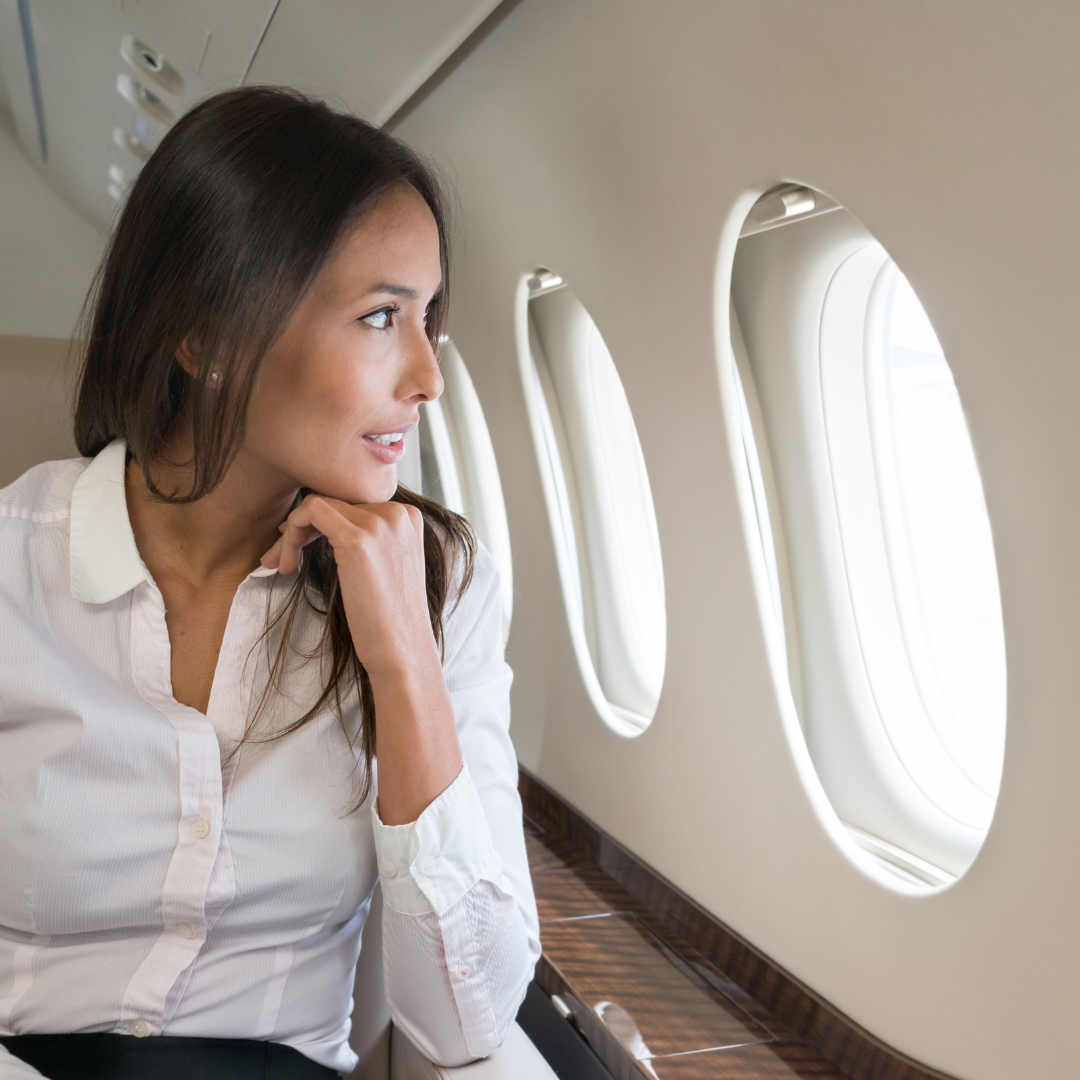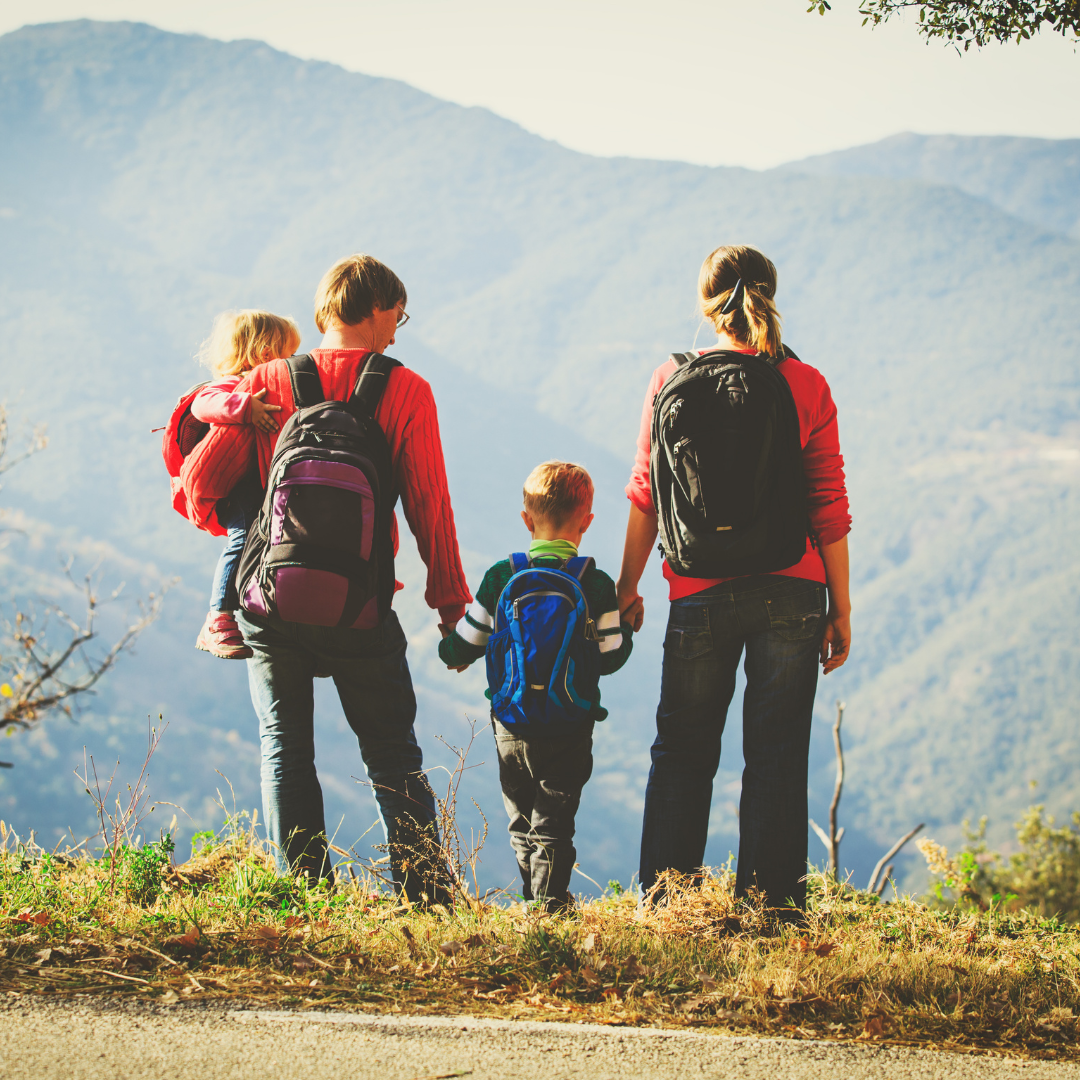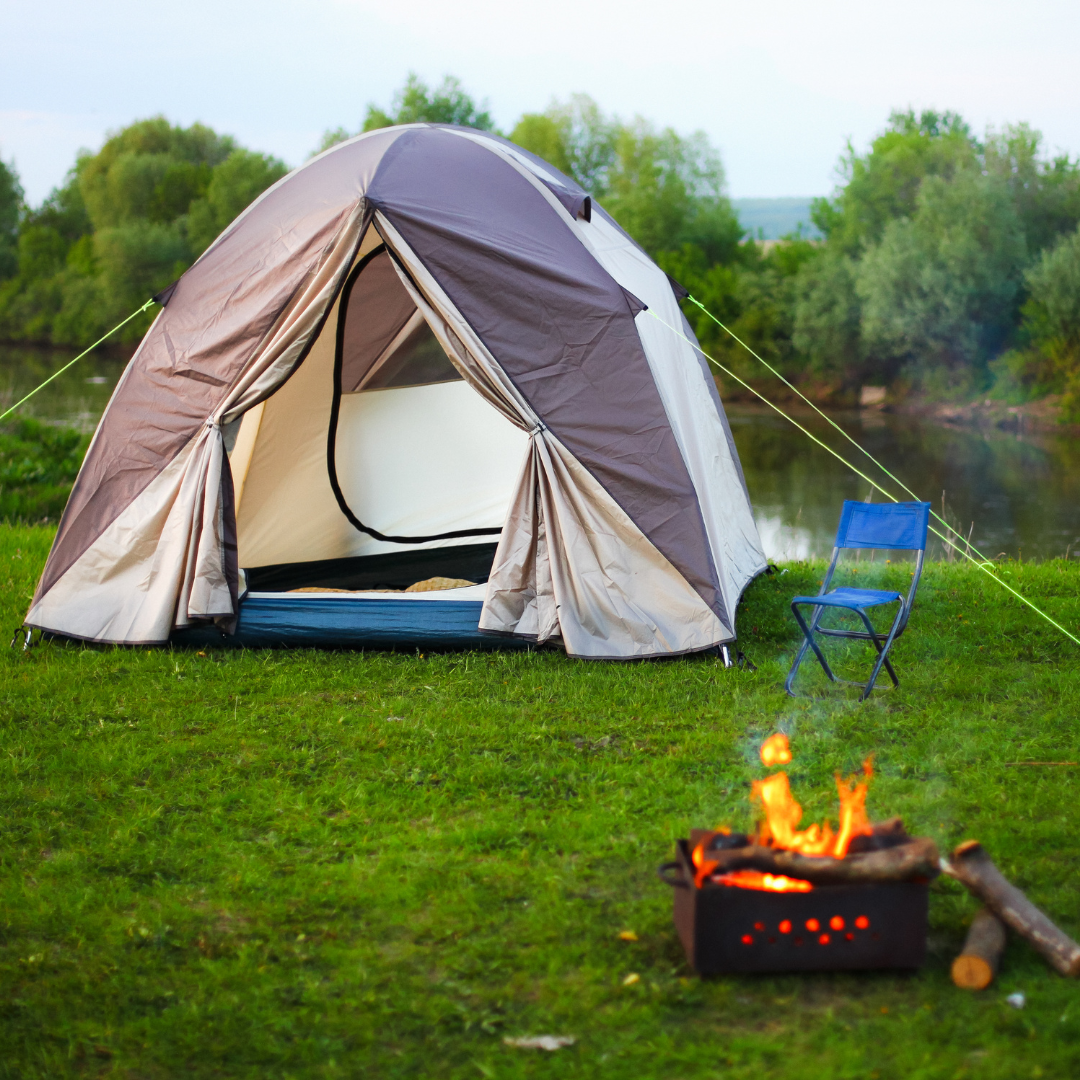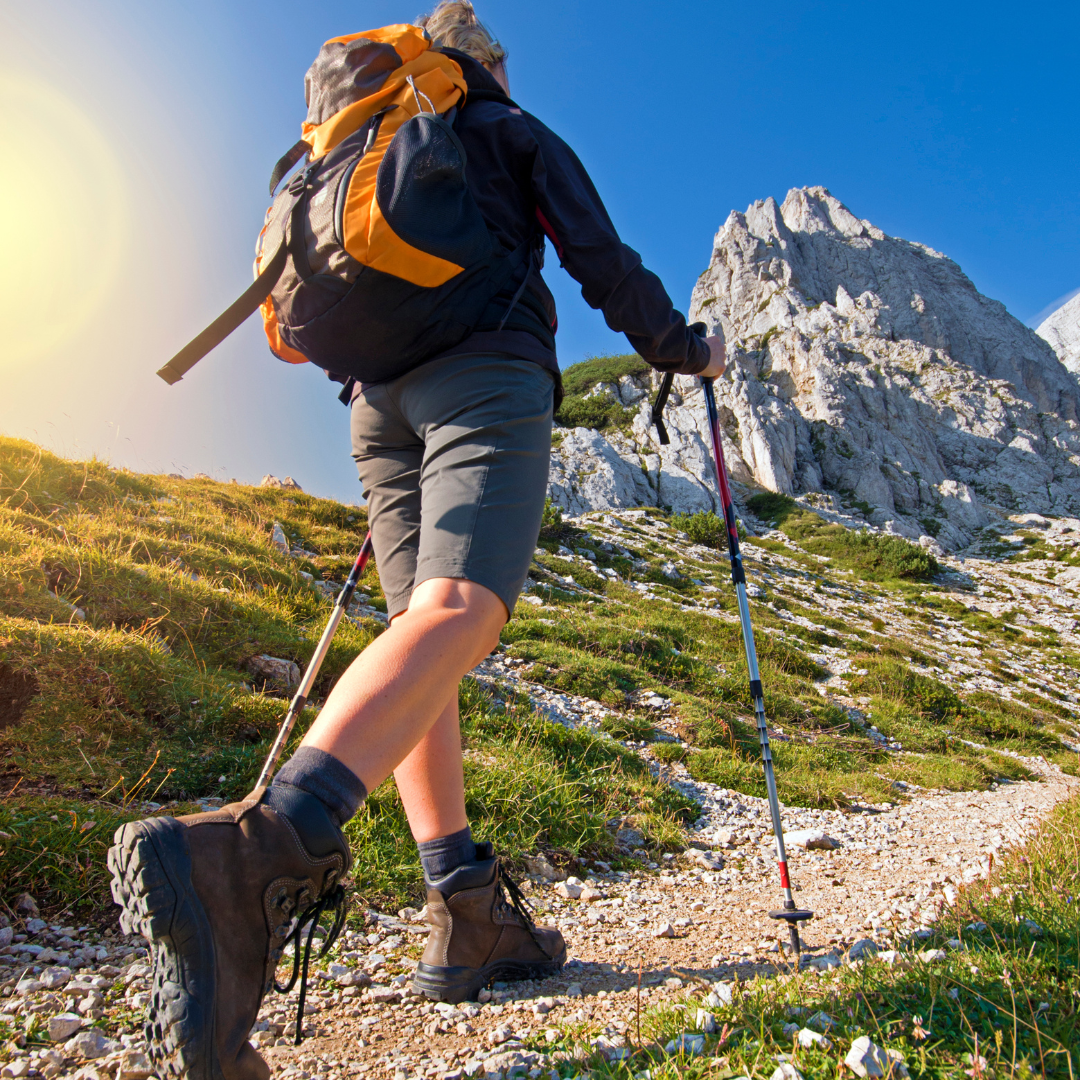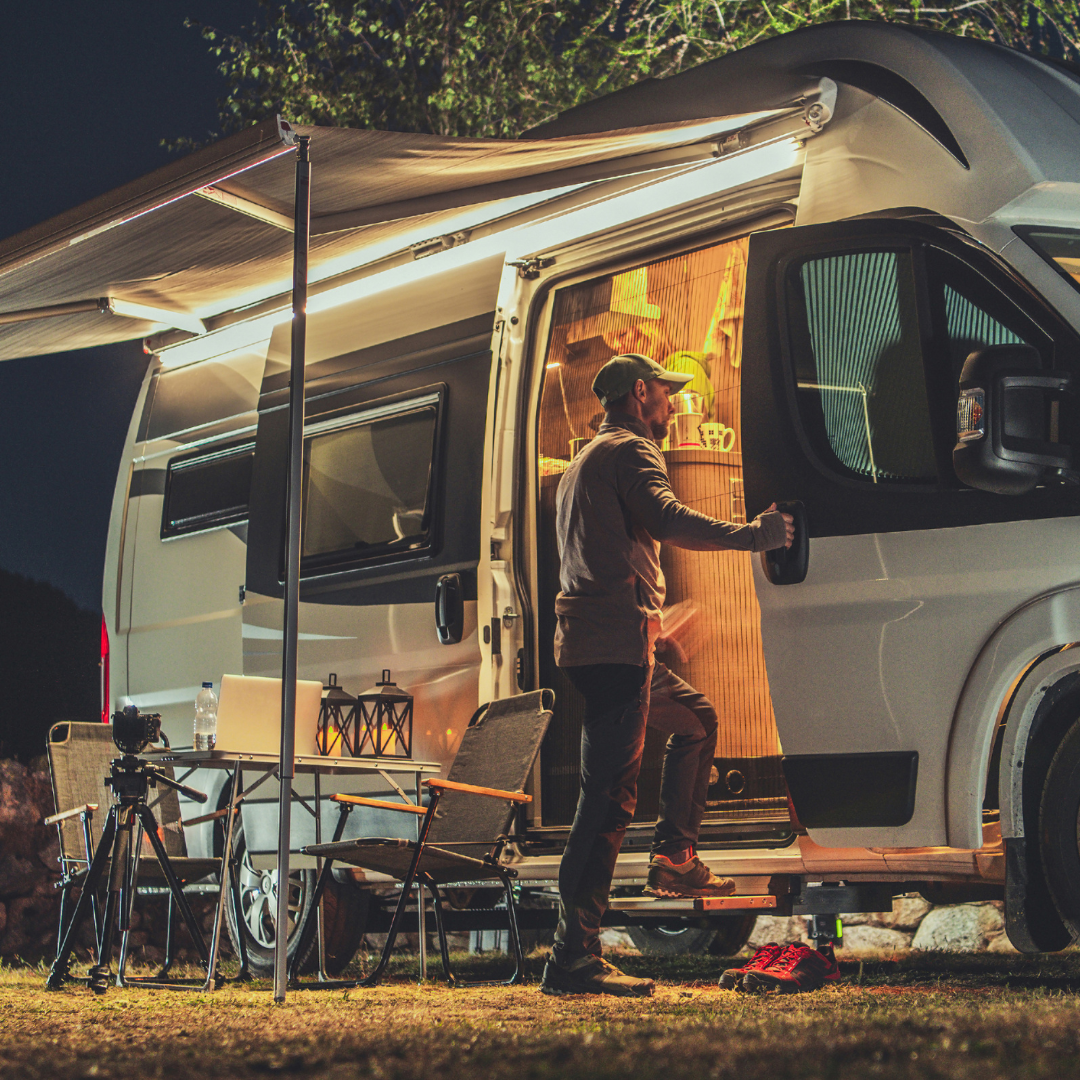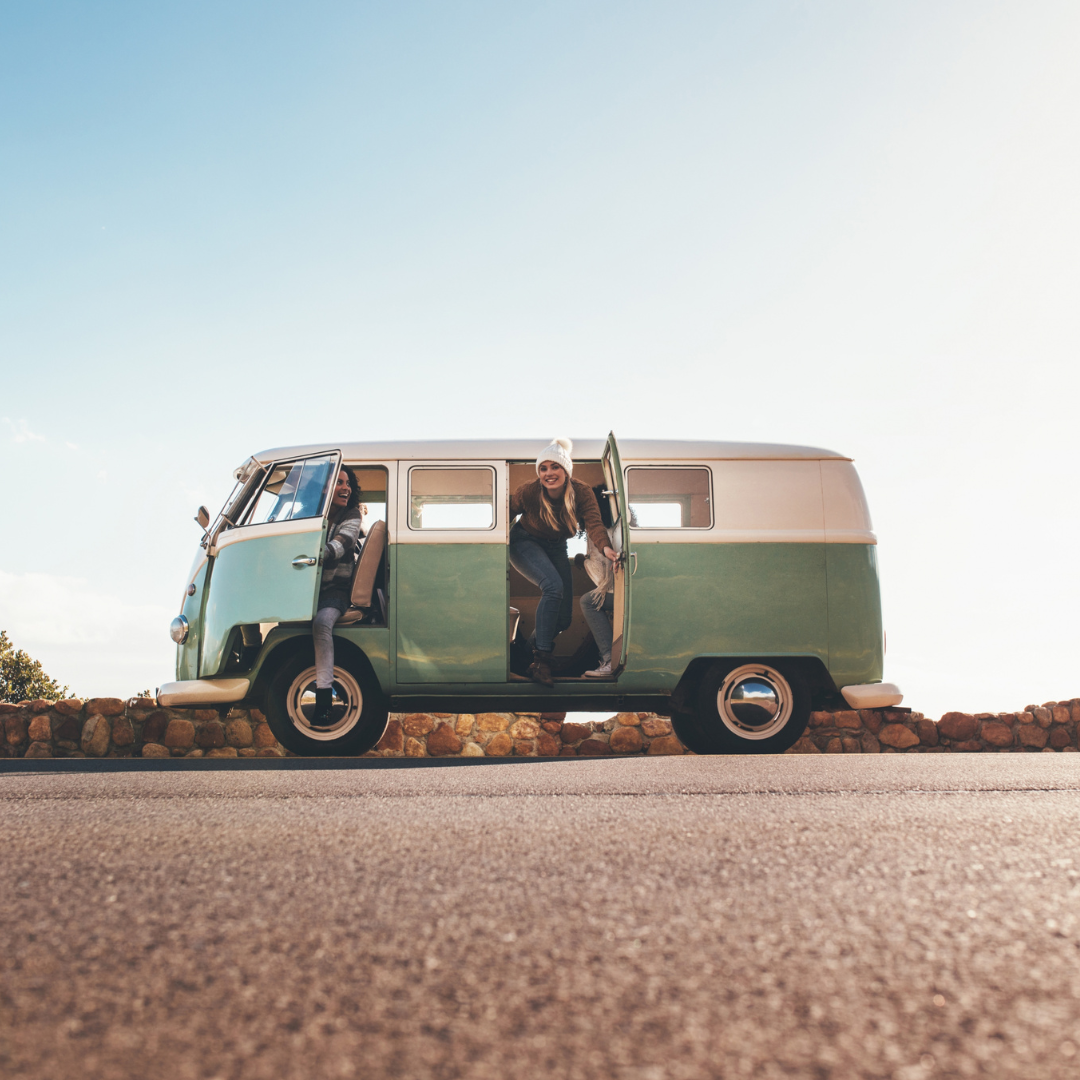Travel Myths That Could Cost You Money: Avoiding Common Misconceptions
Travelling can be an exhilarating experience, but many enthusiasts fall prey to misconceptions that can lead to unnecessary expenses. From hidden fees to timing blunders, these myths can significantly impact a traveller’s budget. Identifying and debunking these myths is crucial for anyone looking to save money while exploring new destinations.
Many believe that booking flights on specific days guarantees the best deals, but this is often not the case. Additionally, some assume that all-inclusive resorts are always the most cost-effective choice, which can be misleading depending on personal preferences and travel styles. Understanding these common misconceptions allows travellers to make informed decisions and manage their finances more effectively.
As travel enthusiasts seek the best experiences without breaking the bank, recognising these myths can pave the way for smarter choices. Embracing accurate information will help ensure a more enjoyable and financially sound journey.
Common Travel Myths That Could Cost You Money
Various misconceptions about travel can lead individuals to spend more than necessary. Understanding these common myths can significantly improve budgeting and choices while travelling.
Believing Hostels Are Always the Cheapest Option
Many travellers assume that hostels provide the most economical accommodation. While hostels often offer lower rates, this is not a universal truth. Prices can vary widely based on location, season, and demand.
In popular tourist areas, private rooms in budget hotels may be cheaper than dormitory beds in hostels. Additionally, hostels may charge hidden fees for amenities such as lockers, Wi-Fi, or breakfast. It is essential to compare prices across various platforms and consider all expenses to find the best deal.
Assuming Luxury Travel Is Unaffordable
There is a prevalent belief that luxury travel is reserved only for the wealthy. In reality, many luxury travel options can be surprisingly accessible. Deals and discounts for upscale hotels and experiences exist, particularly during off-peak seasons.
Additionally, loyalty programmes can substantially reduce costs for high-end accommodations. Booking directly through hotels often leads to better rates than third-party sites, especially for extended stays. Lastly, curated travel experiences may provide higher value than expected for the price.
Thinking RTW Trips Require Huge Budgets
Round-the-world (RTW) trips are often perceived as financially unattainable dreams. While these journeys can be costly, they don’t have to break the bank. Savvy travellers can find budget-friendly options that make such trips feasible.
Utilising budget airlines, setting flexible itineraries, and travelling during shoulder seasons can dramatically lower expenses. Moreover, planning lengthy stays in fewer destinations allows for deeper engagement and reduced accommodation costs. With proper research and budgeting, affordable RTW trips are indeed achievable.
Trusting All-Inclusive Packages Offer the Best Value
All-inclusive packages are frequently thought to provide the best value for money. However, travellers often overlook that these deals can lead to overpayments for services that may be unnecessary.
Guests may find themselves paying for activities, meals, or amenities they do not fully utilise. Comparing a la carte options can reveal potential savings, particularly for those who prefer exploring local cuisine and attractions. It is crucial to assess personal preferences and actual usage before committing to an all-inclusive deal.
Misconceptions About Booking and Insurance
Many travellers fall into common traps regarding travel insurance and the booking process. These misconceptions can lead to unexpected expenses. Understanding these issues is crucial for ensuring a smooth travel experience.
Assuming Travel Insurance Is Unnecessary
Some individuals believe they can forgo travel insurance, thinking it is an unnecessary expense. In reality, unexpected events can occur, such as flight cancellations, medical emergencies, and lost luggage.
Not purchasing travel insurance can result in significant financial loss. For instance:
- Medical Costs: A hospital visit abroad can be financially crippling without insurance.
- Trip Cancellation: Non-refundable bookings may lead to a complete loss of money.
Choosing the right travel insurance can provide peace of mind and financial protection against these risks.
Relying Solely on Travel Agents for the Best Deals
While travel agents can offer valuable insights and assistance, relying on them exclusively for the best deals may not be wise. Many travellers assume that agents always have access to the lowest prices or exclusive offers.
In reality, online platforms and apps often provide competitive pricing. Options like:
- Comparison Websites: Sites such as Skyscanner and Kayak can help find better deals.
- Direct Bookings: Many airlines and hotels offer lower prices for direct bookings through their websites.
Savvy travellers often conduct their own research and compare prices to maximise their savings.
Waiting for Last-Minute Deals
Another common myth is that waiting for last-minute deals ensures the cheapest possible rates. This strategy can backfire, especially during peak travel seasons.
At such times, prices generally increase, and popular destinations may sell out.
- Flexibility Needed: Last-minute booking requires flexibility with dates and destinations.
- Risk of Expensive Choices: Last-minute deals can lead to limited selection at high prices.
Planning ahead and booking in advance can often lead to better rates and more choices.
Costly Myths About Specific Travel Styles
Many believe certain travel styles come with potential savings, but misconceptions can lead to unnecessary expenses. Understanding the realities of cruising, group tours, and independent travel is essential for making informed choices.
Overlooking Savings in Cruising
A common myth suggests that cruising is synonymous with high costs. This belief can deter travellers from exploring affordable cruise options. Many cruise lines offer all-inclusive packages that cover accommodation, meals, and entertainment.
Benefits of Cruising:
- Multiple destinations in one trip
- Group discounts available
- Excursions are included in some packages
Ignoring cruise lines’ promotional offers or last-minute deals can result in missing substantial savings. Furthermore, dining on board often costs less than eating out at tourist spots, making cruising a more economical choice than perceived.
Believing Group Tours Are Always Expensive
Another misconception is that group tours are inherently expensive. While some tours do come at a premium, many budget-friendly options exist. Costs can vary significantly depending on the provider and the itinerary.
Advantages of Group Tours:
- Bulk booking discounts
- Access to exclusive experiences
- Economies of scale reduce overall costs
By comparing different operators and looking for off-peak travel options, travellers can uncover cost-effective alternatives. Many group tours offer group rates that can make them more affordable than solo travel if booked strategically.
Thinking Independent Travel Is Always Cheaper
Independent travel often seems like the budget-friendly way to explore, but this isn’t universally true. There are hidden costs associated with planning trips alone, such as accommodation, transport, and unforeseen expenses.
Cost Considerations for Independent Travel:
- Booking last-minute can increase prices
- Lack of group discounts
- Possible higher transportation costs
While independent travel allows for flexibility, it requires careful planning to avoid overspending. It can sometimes be more economical to join guided tours that leverage bulk rates and optimise travel routes.

